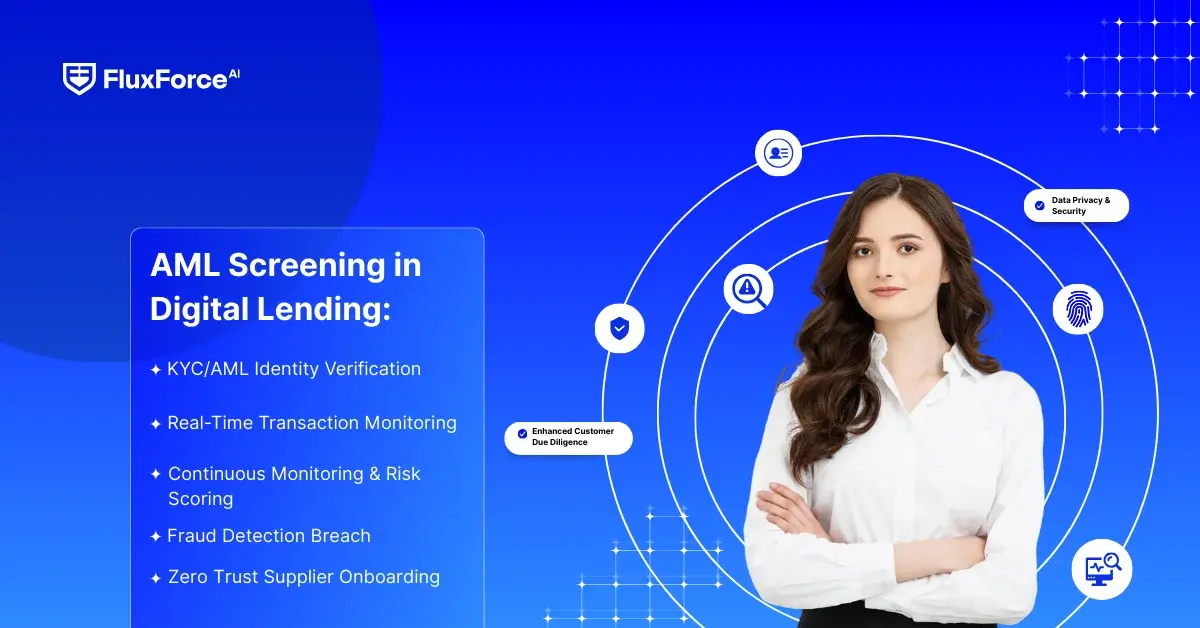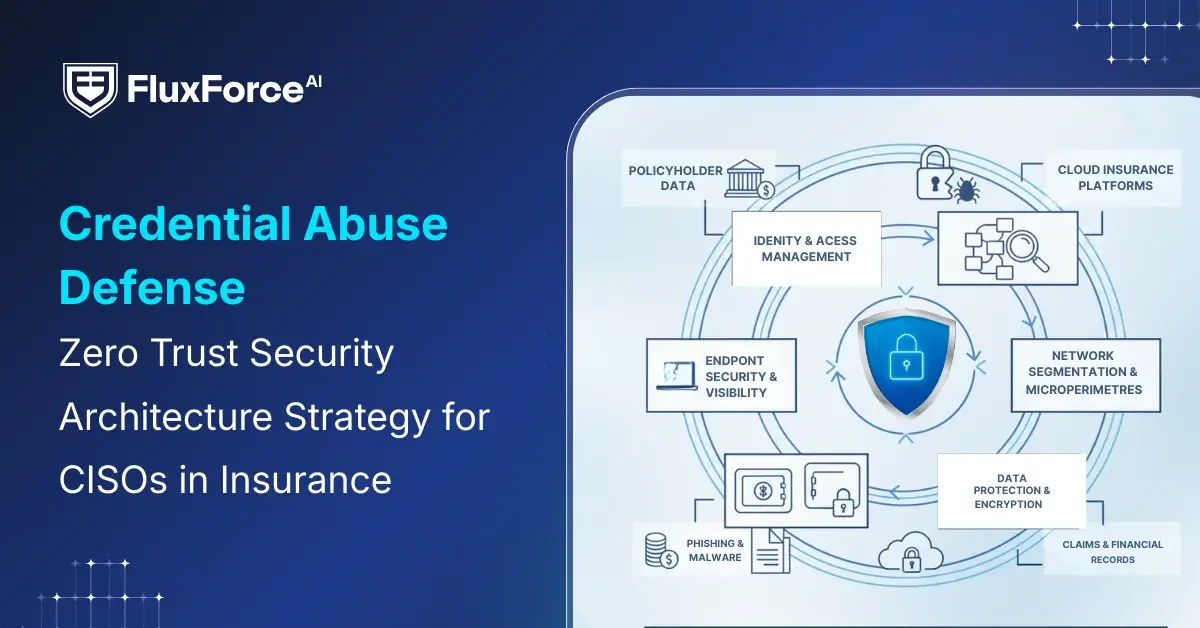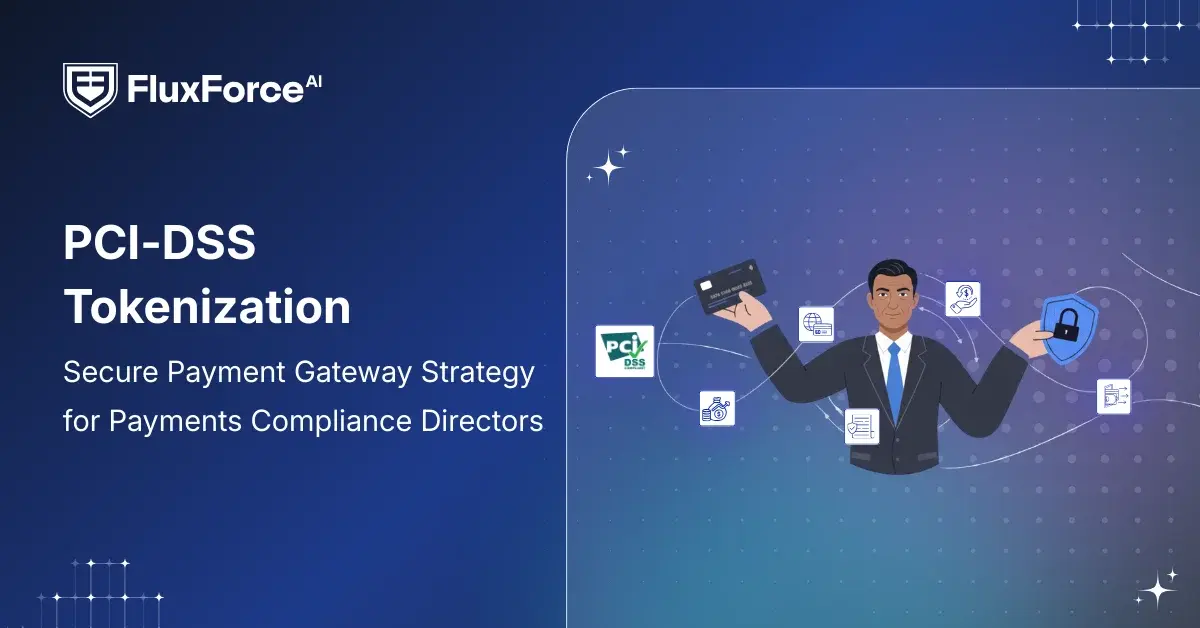
Introduction
The shift from paper-based lending to digital lending has significantly transformed financial services. With verifications and loan approvals now up to ten times faster, gaps in process control have become more exposed to money laundering and fraudulent activity.
For digital lending risk officers, AML (Anti-Money Laundering) regulations provide strict guidelines to assess borrower legitimacy and detect suspicious transactions. However, due to complex regulations and the pressure to deliver faster loan approvals, even professionals using tech-driven platforms struggle with managing risk alerts and false positives.
This article explores practical KYC/AML and identity verification strategies, guiding risk officers to move from a “looks-normal” approach to a data-driven perspective for reducing false positives and strengthening compliance in digital lending.
KYC/AML & Identity Verification: The 3-Layer Security for Digital Lending

Lending payments to customers digitally relies on robust screening against AML regulations and continuous identity assessment. From the moment a borrower submits an application to ongoing monitoring, financial institutions face both regulatory scrutiny and fraud risk.
1. Know Your Customer (KYC) Verification
AML screening continuously monitors borrower activity and transaction history against global watchlists to identify potential financial crime. In digital lending, it is helpful for ensuring continuous risk management across the entire loan lifecycle.
An effective AML screening process delivers:
- Early detection of high-risk borrowers and suspicious transaction patterns.
- Alignment with watchlists, sanctions, and regulatory obligations.
- Historical transaction tracking to support audits and investigative follow-ups.
2. Identity Verification
Identity verification confirms the real identity of borrowers, often checking through biometrics. Before processing a loan digitally, it ensures that the application originates from a legitimate and verified individual.
An effective identity verification process delivers:
- Accurate validation of applicant identity across multiple authoritative sources.
- Detection of synthetic identities and potential account takeover attempts.
- Periodic re-verification for long-term borrowers or accounts with higher risk exposure.
Periodic re-verification for long-term borrowers or accounts with higher risk exposure.
Anti-money laundering regulations change frequently, and these changes mostly revolve around maintaining the speed and accuracy of the processes. For risk professionals, consistently ensuring compliance and seamless borrower experiences is challenging. Key reasons include:
1. Technology Accuracy and Adaptation- While technology enables the speed and accuracy that regulators demand, its implementation and reliability often remain a question for risk officers. They must ensure platforms not only integrate smoothly but also adapt quickly to new regulatory updates.
2. False Positives Impacting Loan Decisions- Digital lending relies on fast approvals. To match the speed, rule-based AML systems often generate excessive false positives. For risk teams, these unnecessary alerts drain resources, delay loan decisions, and create friction for legitimate borrowers.
3. Data Security Across Lending Ecosystems- Lending platforms depend on multiple data providers, credit bureaus, and payment networks. Ensuring the security and consistency of borrower information across these interconnected systems is a significant challenge.
4. Real-Time Screening at Scale- As lending platforms grow, real-time screening of thousands of loan applications and transactions becomes a major challenge without modern platforms.
5. Regulatory Overlap and Jurisdictional Complexity- Digital lenders frequently serve borrowers across different states or regions, each with unique AML, KYC, and data protection mandates. Risk professionals face the challenge of aligning screening practices with multiple regulatory frameworks simultaneously.

Shaping the Future of AI in Finance
Fluxforce research uncovers how banks and enterprises are adapting to fraud, compliance, and data challenges in 2025.
Key AML Screening and Monitoring Solutions for Banking Risk Officers
With growing AML screening requirements, risk officers need scalable, intelligent solutions that secure and streamline workflows across lending ecosystems. Below are several modern solutions for digital lenders.
1. AI-Powered Transaction Monitoring
AI-driven monitoring systems detect suspicious activity by learning from transaction patterns. They adapt faster than traditional rules, reducing false positives and helping risk officers focus on high-priority cases without slowing lending operations.
2. Advanced Identity Verification Tools
Biometric verification and device intelligence solutions strengthen onboarding accuracy by assessing applicants beyond document checks. These solutions are effective for minimizing the risks of synthetic identities while ensuring smooth borrower journeys.
3. Integrated Data Security Frameworks
Modern security frameworks, such as end-to-end encryption, tokenization, and secure APIs, protect borrower information across interconnected platforms. With these advanced security features, lending platforms ensure safe data exchange and maintain consistent compliance.
4. Continuous Real-Time Screening
Digital lending demands real-time screenings. (Robotic Process Automation) RPA-enabled solutions ensure continuous AML checks across disbursements, repayments, and refinancing. Risk officers can identify evolving risks instantly, ensuring compliance without delays in loan processing workflows.
5. Regulatory Intelligence and Automation
Modern RegTech platforms are powered by real-time regulatory intelligence, updating screening protocols as laws evolve across jurisdictions. This reduces manual intervention, ensures faster adaptation to new compliance requirements, and lowers risks associated with regulatory misalignment.
AML Screening Best Practices for Digital Lending Risk Professionals

To safeguard transactions and maintain compliance with broader AML regulations, risk officers must adopt structured approaches. Below are effective payments risk management strategies to implement in digital banking lending process:
1. Screen Every Customer with Multiple Verification Layers
Digital banking risk heads should never rely on a single check. From onboarding to repayments, borrowers must be screened, verified, and monitored with advanced AI-driven solutions to ensure security at every step.
2. Shift From Rule-Based Systems to Intelligent Automated
Traditional rule-based AML systems, on average, flag hundreds of false positives. Moving to AI-enhanced screening reduces unnecessary alerts by up to 91%, allowing risk teams to prioritize genuine high-risk cases without slowing loan approvals.
3. Focus on High-Risk Transactions and Jurisdictions
Risk officers should prioritize screening transactions originating from high-risk regions or flagged accounts, including politically exposed persons (PEPs) and sanctioned entities. This targeted approach ensures AML compliance without overwhelming resources.
4. Balance Automated Screening with Manual
Automated systems are never designed to ensure 100% accuracy. Combining automated alerts with targeted manual reviews ensures unmatched accuracy. For example, automated screening may flag 10% of transactions incorrectly, but focused manual checks can bring false positives close to zero.
5. Leverage RegTech Solutions for Compliance
RegTech platforms provide a centralized view of regulatory updates, watchlists, and sanctions. Leveraging this tool can help respond to new rules and prepare audit reports across multiple jurisdictions quickly.
Onboard Customers in Seconds

Conclusion
Anti-Money Laundering regulation provides the baseline for protecting digital lenders from risky, criminally exposed borrowers. In practice, KYC, AML screening, and layered identity verification form a strategic framework that balances regulatory compliance with efficient lending.
Adopting a data-driven approach with manual oversight can significantly reduce false positives, accurately identify high-risk activity, and maintain seamless loan processing.
Digital lending is designed to provide safe, timely access to credit, not to amplify fraud or compliance risk. Implementing these practices ensures platforms serve legitimate borrowers while safeguarding both the institution and its customers.






Share this article